By Katlynn Mullins and Jonah Hinebaugh
Hundreds of Crow’s Nest staff members have left campus determined to make a mark in the world.
One of them had already done that when he got here.
As a high school student in Des Moines, Iowa, in 1965, Christopher Eckhardt and two others defied the orders of their principals and wore armbands to protest the Vietnam War.
When they were suspended, their lawyers took the school district to court. The case, which was styled Tinker v. Des Moines, wound its way to the U.S. Supreme Court, which ruled 7-2 in 1969 that the principals were not justified in limiting the students’ free expression.
The case is considered a landmark ruling in the right of students to free speech.
More than 20 years later, Eckhardt wound up at USF St. Petersburg, where he was active in both Student Government and The Crow’s Nest. He earned a bachelor’s degree in political science in 1994.
Eckhardt remained an activist – for civil and gay rights and the rights of psychiatric patients – for the rest of his life. He died in Clearwater in December 2012.
Over the years, editors have come and gone. Some ended up with careers in journalism. Some took a different path.
One who stayed in the field was Rick Kenney, who earned a master’s in journalism at USF St. Petersburg and a doctorate at the University of Georgia.
Kenney was in a group of grad students in the early 1990s whom journalism professor emeritus G. Michael Killenberg fondly recalls as “the brat pack” for their irreverent work on the student newspaper.
Over his long career, Kenney worked at a number of newspapers, including the Pittsburgh Post-Gazette and St. Petersburg Times (now the Tampa Bay Times), and taught at 10 colleges and universities. He was also the adviser at five student newspapers.
Scott Taylor Hartzell was on the staff for three years and editor-in-chief in 1996-1997. A history buff, he later published several books on St. Petersburg history and wrote a local history column for the Times. He died in 2008.
If not journalism, some ended up in marketing or PR.
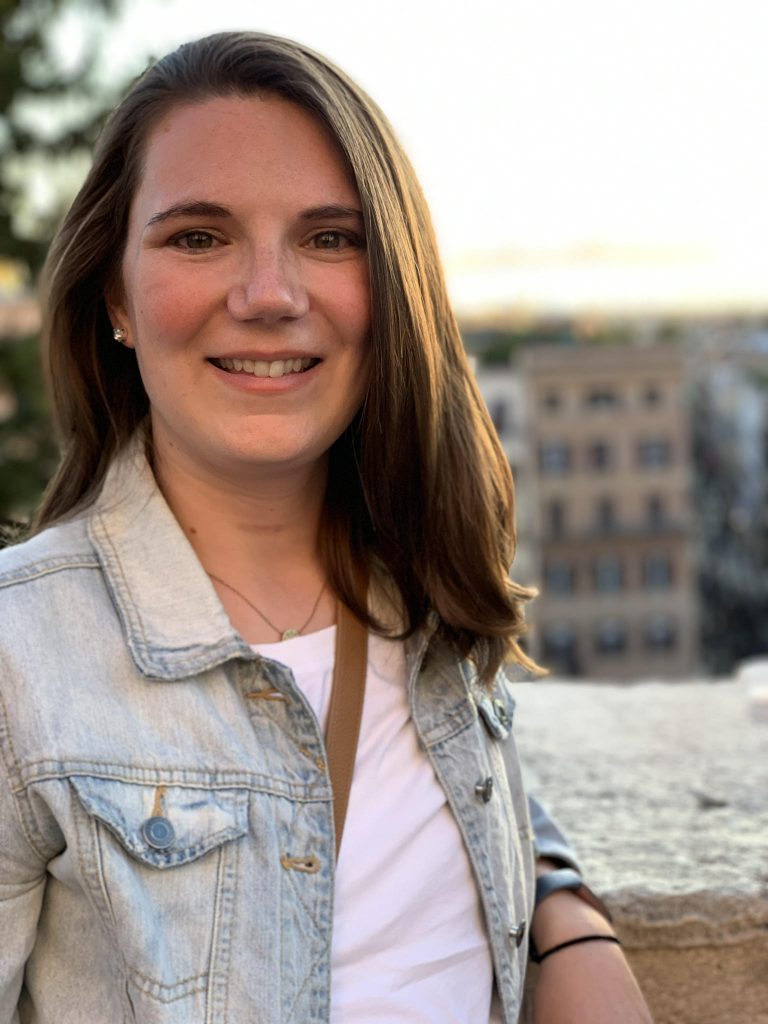
Among them are Keeley Sheehan (now Keeley LaForme), the 2011-2012 editor-in-chief, who is a digital content specialist at Johns Hopkins All Children’s Hospital.
Working at The Crow’s Nest, she said, helped hone her writing and interviewing skills. It also helped further develop her sense of curiosity.
Tyler Killette was the news editor in 2012-2013 and editor-in-chief in 2013-2014.

Upon graduation, she went straight into interning for the Sarasota Herald-Tribune and was able to pivot into a position as the city government reporter for the Lakeland Ledger.
“I’d spent the last three years of my life working toward becoming a reporter, but once I finally was one,” Killette said in an email, “I decided it just wasn’t what I wanted for myself.”
She found public relations, and is now a communications specialist at Cushman & Wakefield, a commercial real estate firm.
She doesn’t regret her time at the paper, however. Through all of the late nights, misspelled headlines and playing “watchdog” over Student Government and administration, she found friends.
“As someone who is not especially good at making new friends,” said Killette, “The Crow’s Nest was where I finally found my people.”
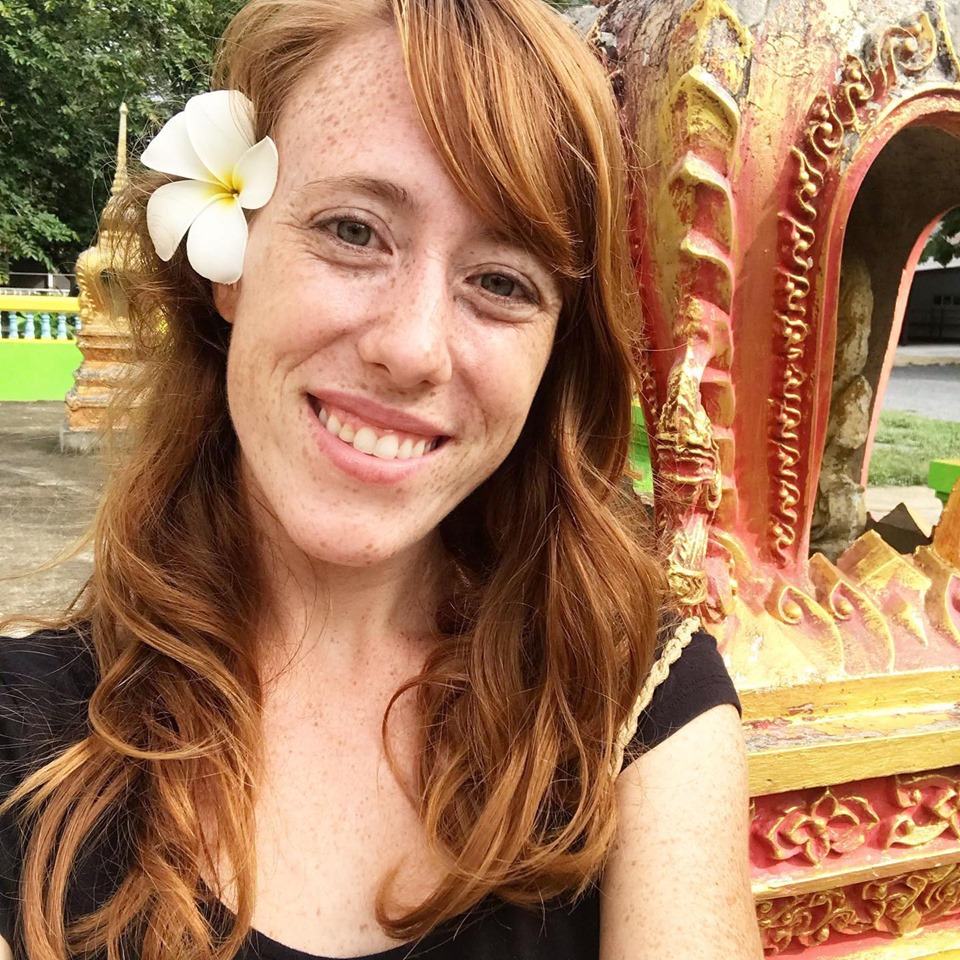
Caitlin Ashworth was managing editor in 2015. After graduation, she worked for a newspaper in Massachusetts, but decided she wanted to travel. So, she moved to Thailand, where she now teaches English to second and fourth graders and enjoys more paid time-off. (She would only get two weeks paid in the US.)
Working at The Crow’s Nest prepared her for teaching.
“Since English is not the first language for my students,” said Ashworth. “I have to be very, very clear when giving instructions.”
It reminded her of assigning stories and outlining information to writers.
Ren LaForme, editor-in-chief in 2012-2013, is a digital tools reporter at the Poynter Institute for Media Studies.
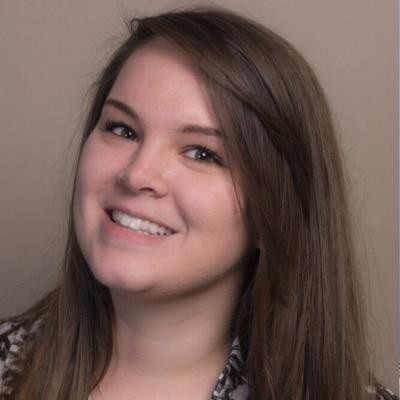
Chelsea Tatham, creative director and then managing editor in 2012-2014, is a digital journalist at WTSP-TV.
Through the connections she made during her time at the student newspaper and in her classes, Tatham secured a job at the Tampa Bay Times, where she split her time between being an administrative editorial assistant and reporter before moving over to WTSP-TV.
“Working on The Crow’s Nest was the closest I got to working in a real newsroom and to working in the industry without having to go work or intern somewhere,” she said. “Those were my first tastes of being ‘the press.’
“It’s a very good learning environment … it’s constructive and everybody that I worked with at the time was so nice and helpful because we were all learning together.”
Besides learning how different roles operate within a newsroom, Tatham values her time at the student paper because it’s where she found some of her closest friends in college.
“Everybody that I worked with on The Crow’s Nest was also really close and my best friends at school – they’re now going to be my bridesmaids in my wedding,” she said. “When I think back on working at a student newspaper, it sounds so trivial, but you truly meet like the best people… that are going to stick with you for a long time because you’re putting in 12-hour days on Sundays trying to get the newspaper out.”
Mike Hopey, the sports editor in 2012-2014, is art director for the Nashville, Tennessee-based Ledger community newspapers.
Ryan Ballogg (the arts and life editor in 2012-2014) and Ryan Callihan (managing editor in 2016-2017) are reporters at the Bradenton Herald.
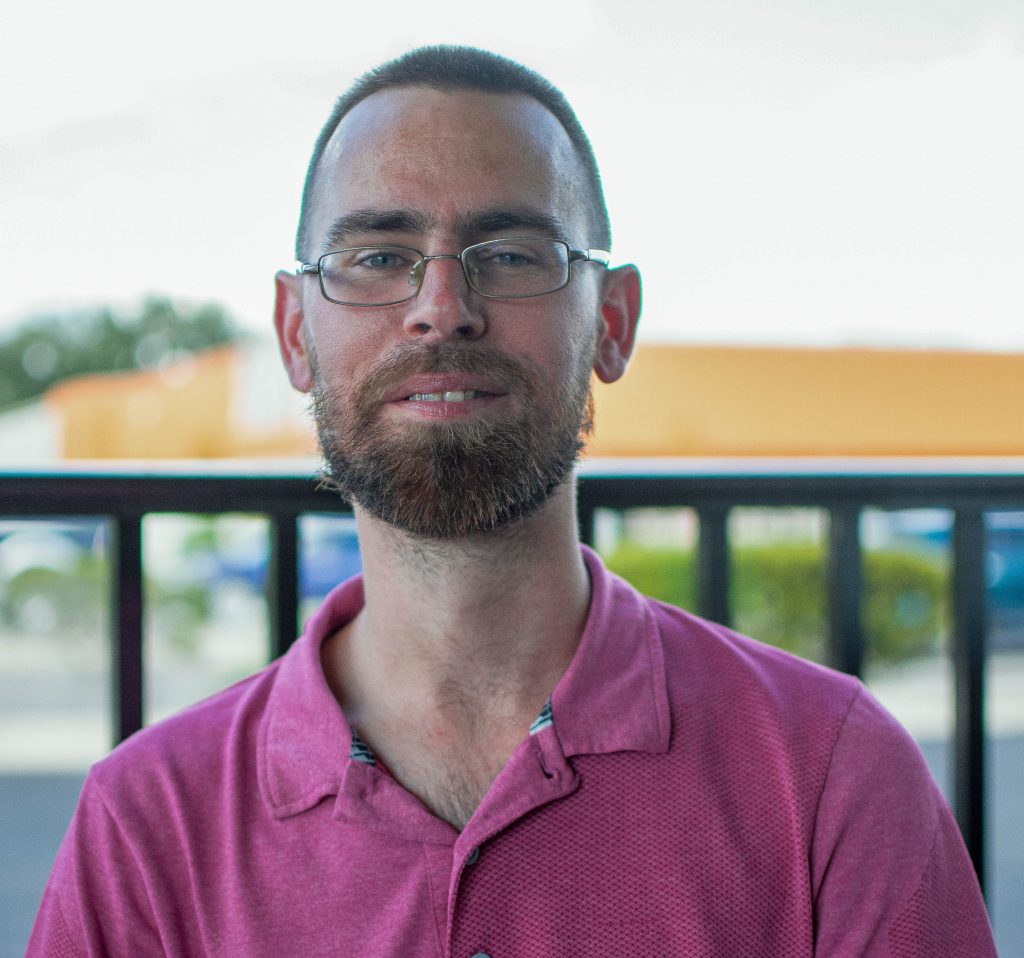
Jonah Hinebaugh | The Crow’s Nest
Michael Moore Jr. (editor-in-chief in 2017-2018), Tim Fanning (managing editor in 2017) and Anna Bryson (arts and entertainment and news editor in 2017-2019) are reporters at the Sarasota Herald-Tribune.
Originally studying classics at New College of Florida, Moore transferred in 2016 and immediately began working as a news reporter for The Crow’s Nest. He credited much of his success to the editors who returned many of his initial pieces with dozens of corrections.
It was a far cry from the academic research papers that value flexing one’s knowledge rather than precise wording that’s easily digestible for anyone to read.
Many of the skills drilled into his head during his time at the newspaper – such as breaking paragraphs up, managing deadlines in high-stress situations and writing proper leads for stories – stick in the back of his mind today as he covers aging in Sarasota.
His skills were tested in the second half of his tenure as editor-in-chief, when news about the consolidation of USF’s three campuses first broke.
“It was one of those things that I 100 percent couldn’t have anticipated,” Moore said. “It was earth-shattering when it happened to us.
“Covering it was both super challenging and super gratifying because you knew you were covering something important, but you didn’t always know if you were equipped to be able to handle it,” he said. “That goes back to having a small team of student journalists working on it, and it also comes back to you being a student journalist and having never reported on something of this magnitude before.”
Andrew Caplan, sports editor in 2014-2015, is a reporter at The State newspaper in Columbia, S.C. As a reporter at the Gainesville Sun last year, he won second-place reporting awards from the Florida Society of News Editors and the GateHouse Media chain.
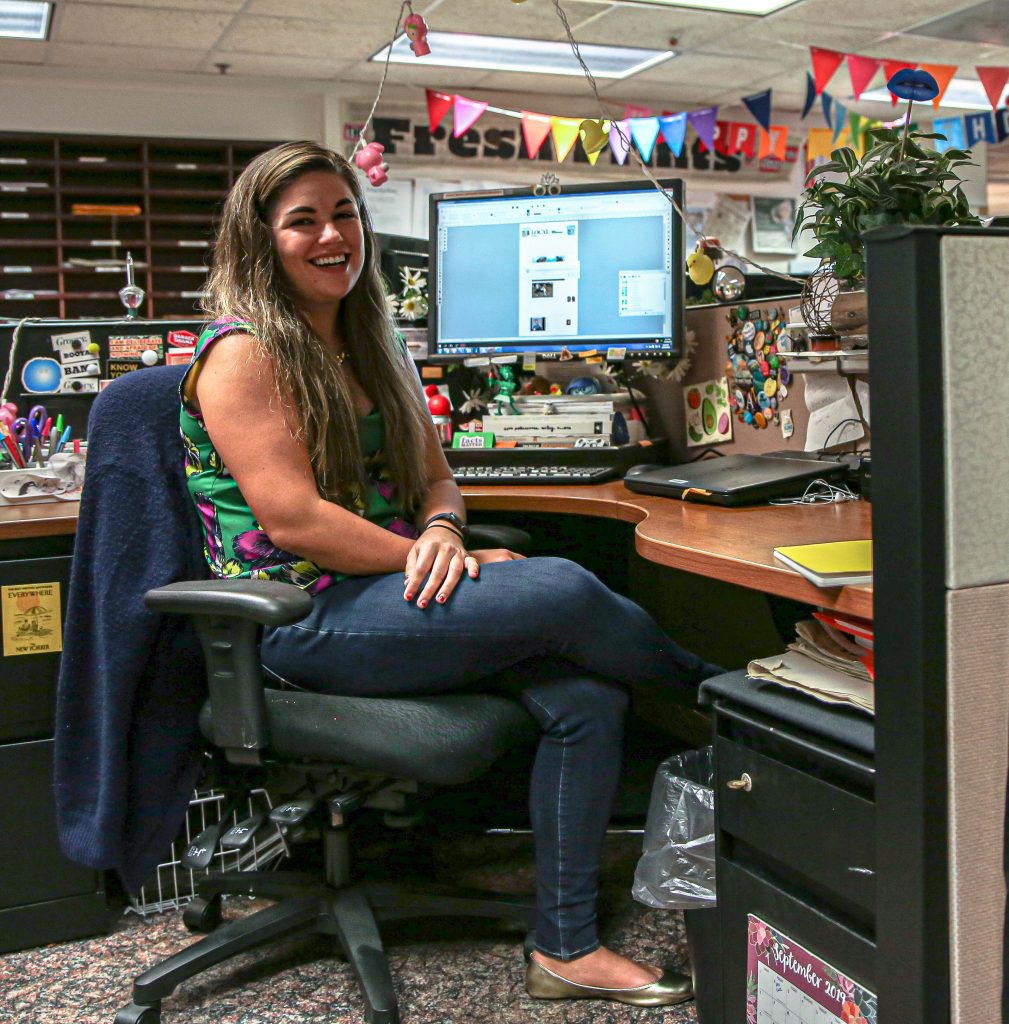
Thomas Iacobucci |The Crow’s Nest
Tara McCarty, who designed the pages of The Crow’s Nest in 2011-2012, is now director of print design at the Tampa Bay Times.
Martha Asencio-Rhine, the photo editor in 2018-2019, is now a photographer and multimedia content producer at the Times. Meghan Habuda, chief copy editor in 2013-2014, is a features producer there, and Dinorah Prevost (news editor and assistant editor in 2017-2019), is a six-month intern.
Jennifer Nesslar (now Jennifer Nesslar Bauer), the editor-in-chief in 2014-2015, works for Wycliffe Bible Translators, writing about the projects that company donors support.
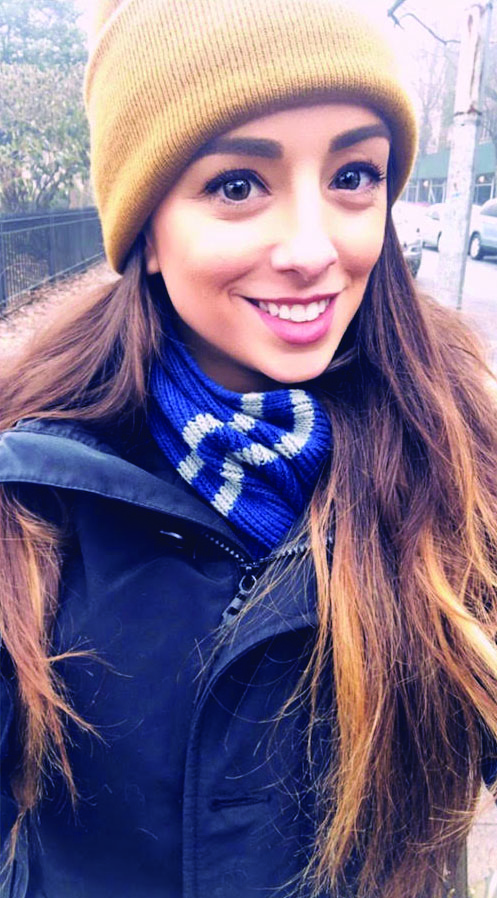
Samantha Putterman, editor-in-chief in 2015-2016, lives in New York City and freelances for PolitiFact, fact-checking misinformation on Facebook.
She credits much of her success to The Crow’s Nest.
If not for the paper, “I wouldn’t have gotten the internships I did,” Putterman said. “Classes are important, of course, but hands-on experience in journalism is invaluable.”
Devin Rodriguez, the editor-in-chief in 2016-2017, works as a digital media producer for WUSF Public Media, and Whitney Elfstrom, editor-in-chief in 2018-2019, serves as a community reporter for the Sarasota Observer.
The advisers
Joan “Sudsy” Tschiderer, who founded the paper as a student in 1969, remained its unpaid, unofficial adviser until the early 1990s, when journalism graduate students began arriving on campus.
The first paid adviser for the paper was Meg Gilbert, who had been a journalist for a decade before taking the post in 1992-1993.
After earning a master’s, Gilbert – now Meg Durshimer – returned to journalism and eventually became a teacher and counselor in the Manatee County school system.
Another journalist-turned-grad student, John Gogick, was adviser in 1993-1994. He is now executive editor of the Augusta Chronicle in Georgia.
In the years that followed, the advising role often fell to two journalism professors – Killenberg and Robert Dardenne.
Killenberg, who founded the journalism department in 1988, is retired and lives most of the year in Wisconsin.
Dardenne, who arrived in 1991, was twice chairman of the journalism department. He died in 2013.
To honor his memory and his commitment to people-first journalism, the department gives a Robert W. Dardenne Award for Humanistic Journalism to an outstanding student each year.
For several years, the adviser was Deb Wolfe, an adjunct instructor and former newsroom researcher and technology trainer at the Times.
Wolfe is now a reporter for the Gabber, a weekly newspaper based in Gulfport, and a photographer and photography teacher.
Rob Hooker, a former reporter and editor at the Times, has been adviser since 2013.


